
Public buildings have long been a focal point in architectural history, reflecting the socio-political and economic conditions of their time. From ancient temples to modern government structures, these buildings are designed not only for functionality but also to symbolize power, communal identity, and cultural values. Understanding their history provides insight into the evolution of architecture and the enduring impact these structures have on society.
Early Civilizations and Their Influence
In early civilizations, public buildings served as the heartbeat of the city, offering space for religious ceremonies, administration, and community gatherings. The ancient Egyptians, for example, constructed monumental temples such as Karnak and Luxor, showcasing the era’s architectural ingenuity and religious devotion. These structures were designed with grandiose facades, intricate carvings, and towering columns, each element serving a functional and symbolic purpose.
Similarly, the Greeks and Romans left an indelible mark on public architecture. Greek temples, characterized by orders such as Doric, Ionic, and Corinthian, focused on symmetry and proportion, principles that continue to influence architectural design today. Roman architecture, on the other hand, introduced innovations such as the arch, vault, and dome, allowing for the construction of vast public spaces like the Pantheon and the Colosseum.
Medieval to Renaissance Architecture
The medieval period saw the emergence of Gothic architecture, epitomized by cathedrals such as Notre Dame and the Cologne Cathedral. These structures were designed to inspire awe, with soaring spires, pointed arches, and intricate stained glass windows that filled interiors with light, enhancing the spiritual experience.
During the Renaissance, a return to classical principles of symmetry and proportion occurred, yet with a renewed focus on humanism and scientific inquiry. Architects like Andrea Palladio revolutionized public building design with works that emphasized harmony, clarity, and perspective, influencing generations of architects in the centuries to come.
The Industrial Era and Modernism
The Industrial Revolution brought about technological advancements that transformed architecture. The use of steel, glass, and reinforced concrete allowed for taller and more complex structures. The late 19th and early 20th centuries witnessed the skyscraper’s birth, with New York and Chicago at the forefront.
Modernist architects like Le Corbusier and Ludwig Mies van der Rohe embraced functionalism and minimalism. They designed public buildings that were not only spaces for utility but also reflections of industrial efficiency and contemporary aesthetics. Their works, characterized by clean lines and open spaces, aimed to improve the quality of urban life and accessibility.
Contemporary Designs and Sustainable Architecture
Contemporary public building designs increasingly focus on sustainability and community engagement. Architects are now tasked with creating structures that not only serve immediate functional needs but also address environmental concerns and enhance well-being. Buildings such as the Seattle Central Library and the National Museum of African American History and Culture promote innovative designs that include green roofs, natural lighting, and energy-efficient systems.
The realization that public buildings play a crucial role in urban ecosystems has led to a renewed evaluation of their design and purpose. As our society continues to evolve, so do our architectural needs and aspirations, pushing architects to explore new materials and technologies for innovative and sustainable public spaces.
Public buildings reflect the socio-political and economic conditions of their time. The ancient Egyptians constructed monumental temples such as Karnak and Luxor. 
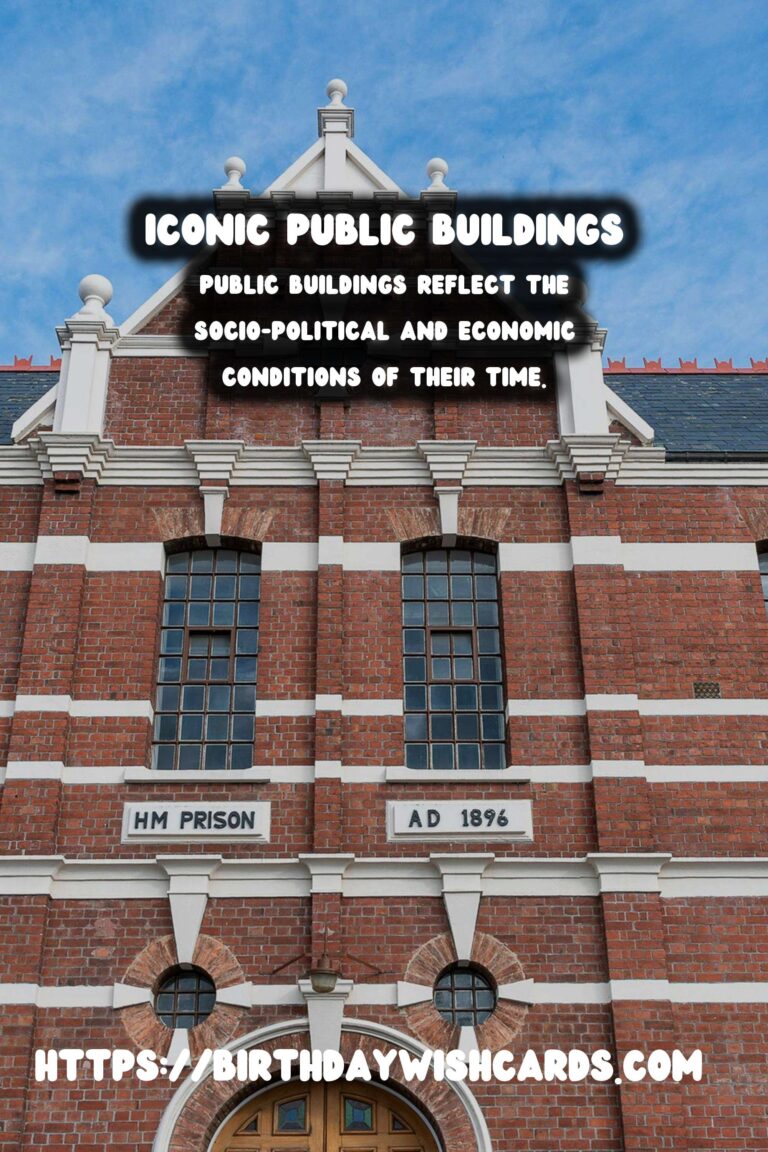
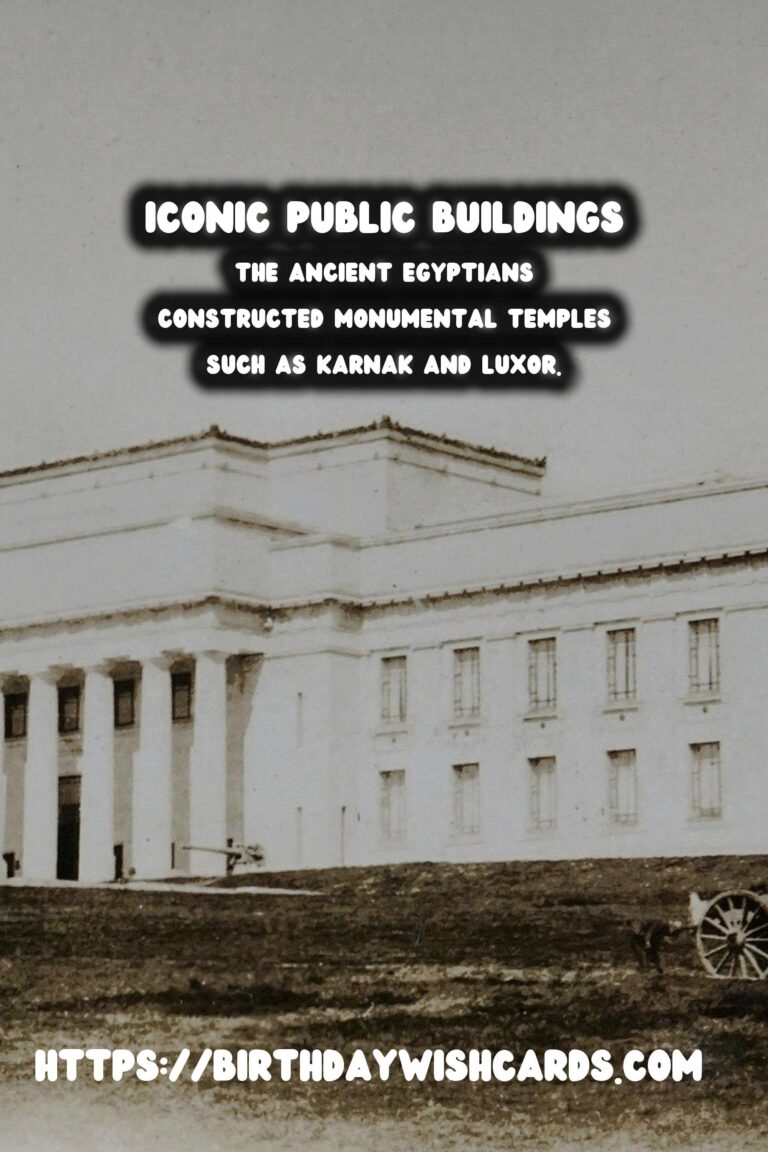
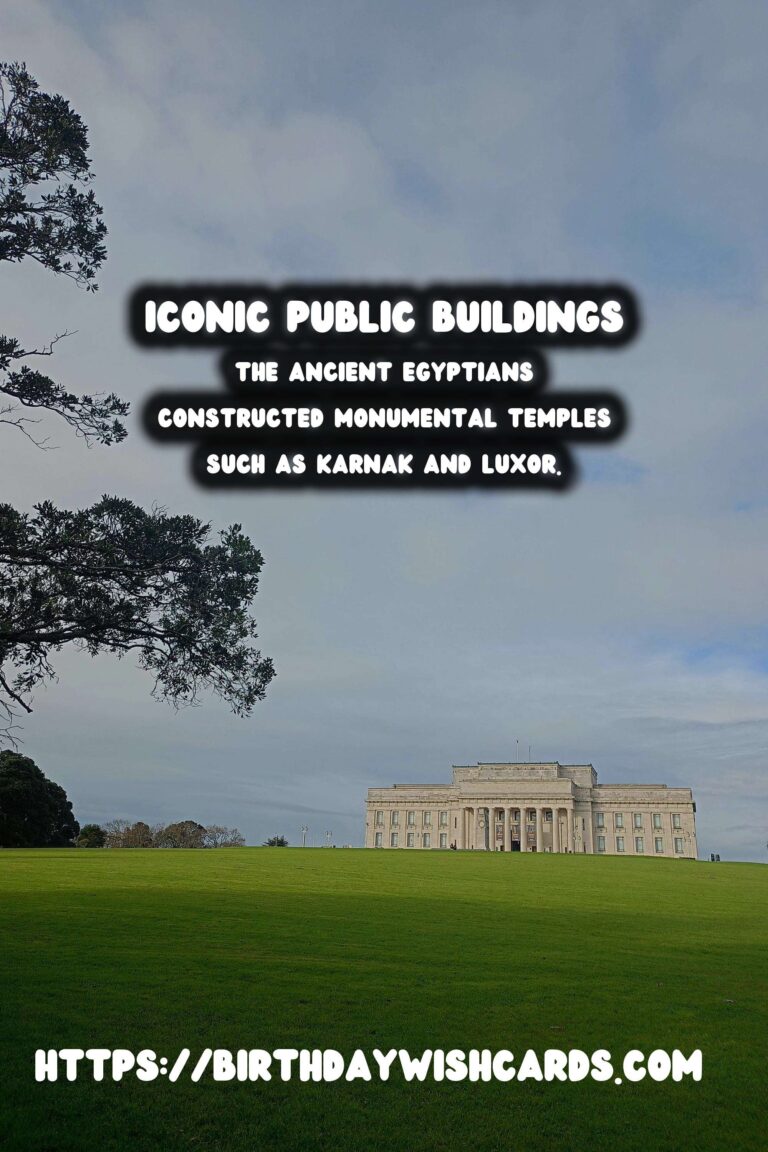
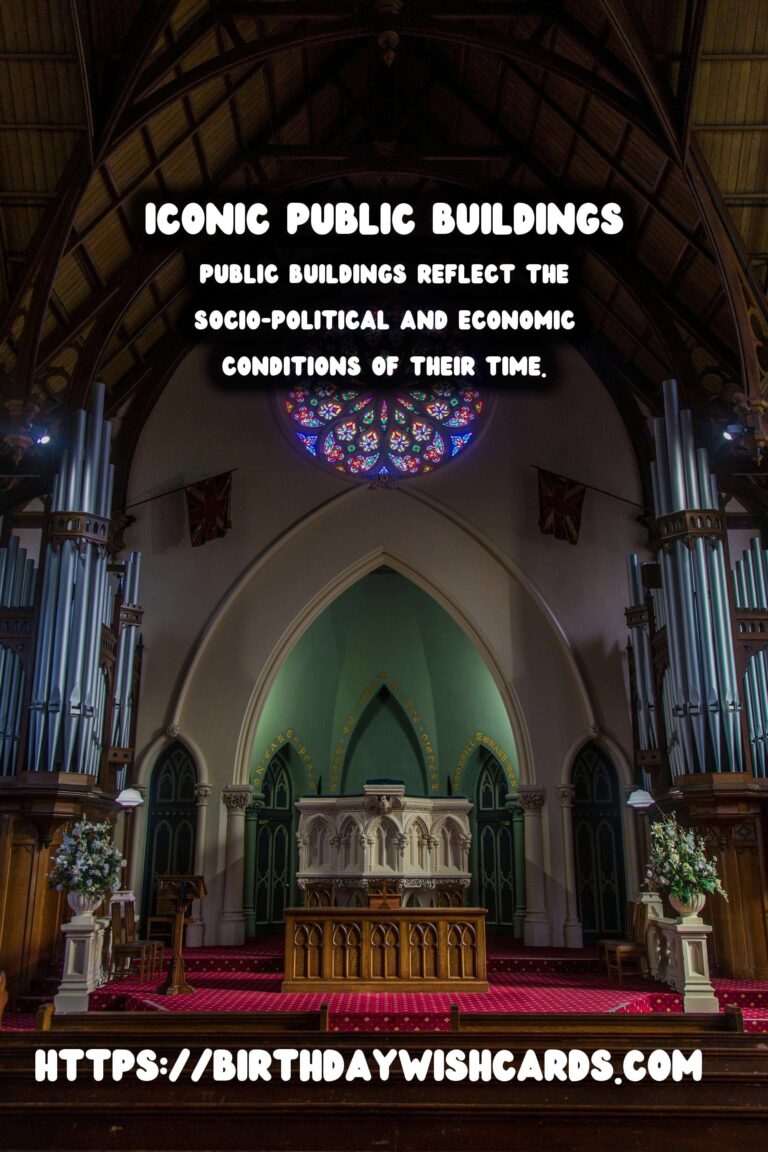



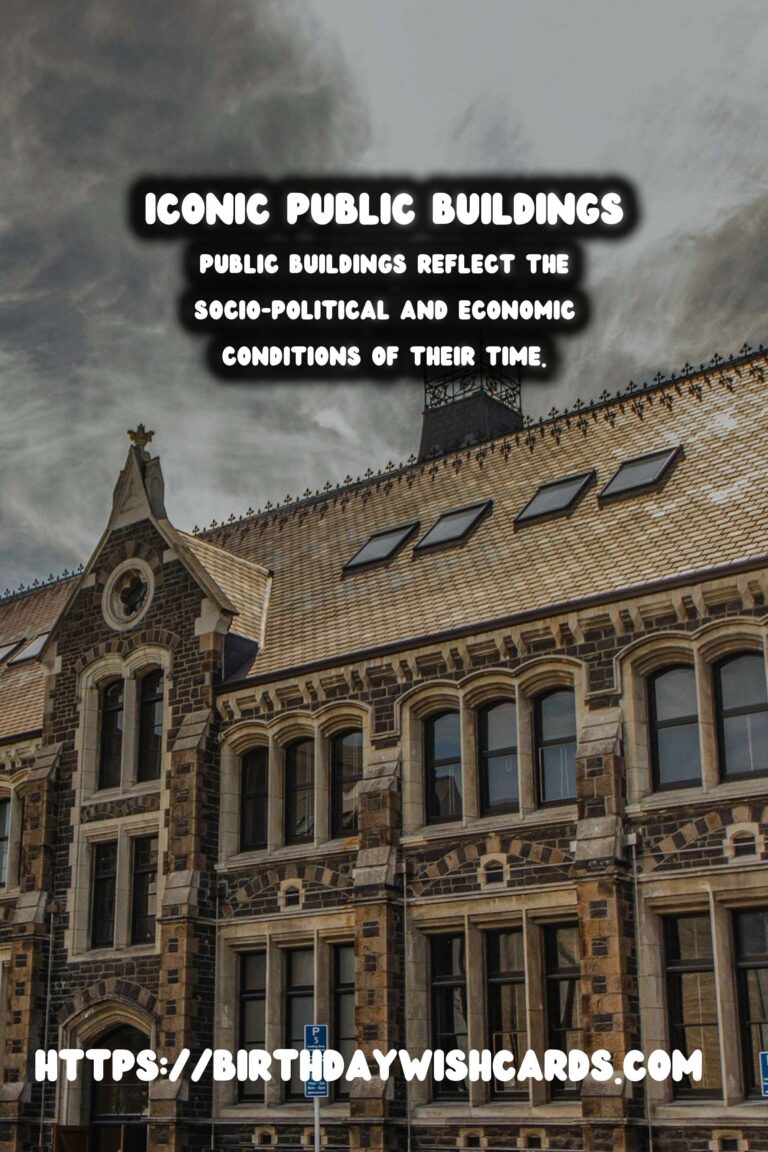
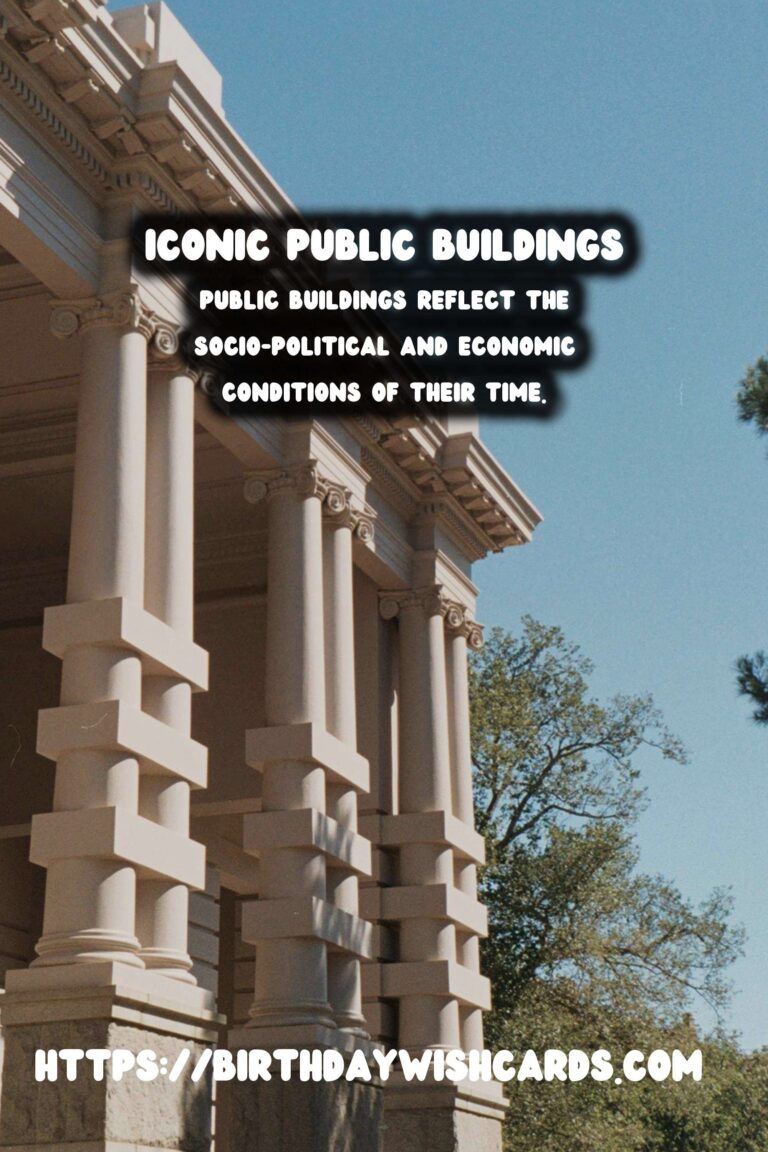
#ArchitectureHistory #PublicBuildings




